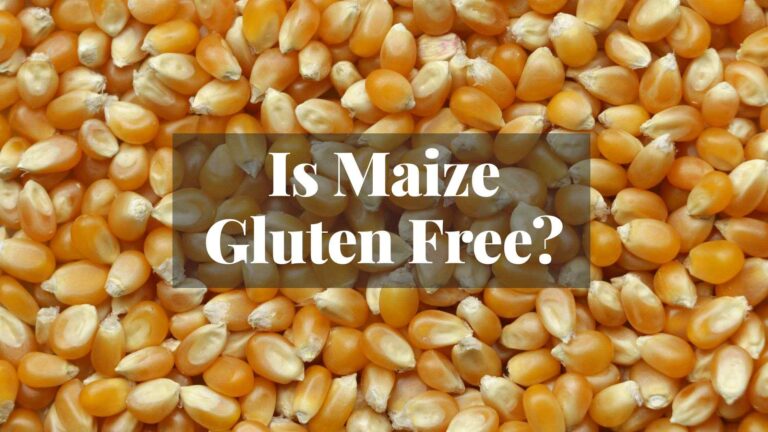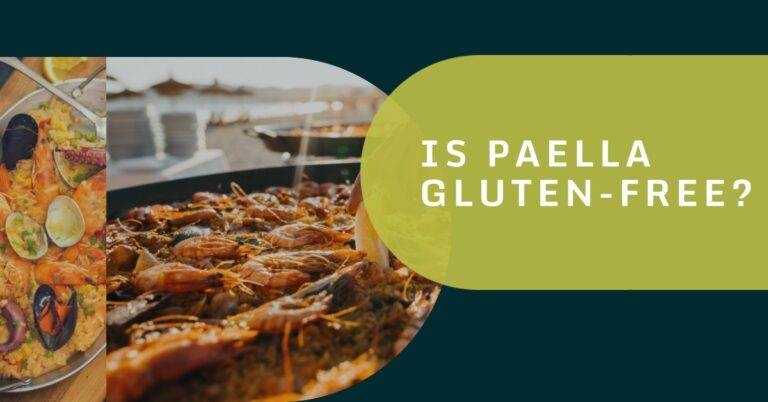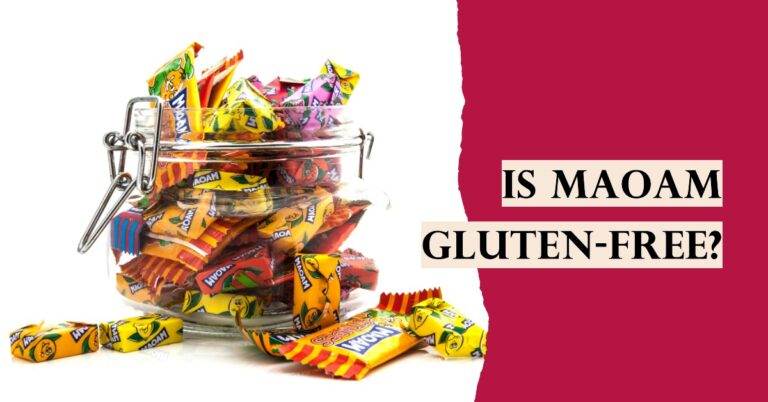Is Jam Gluten-Free? – A Celiac’s Guide to Enjoying Sweet Spreads Safely
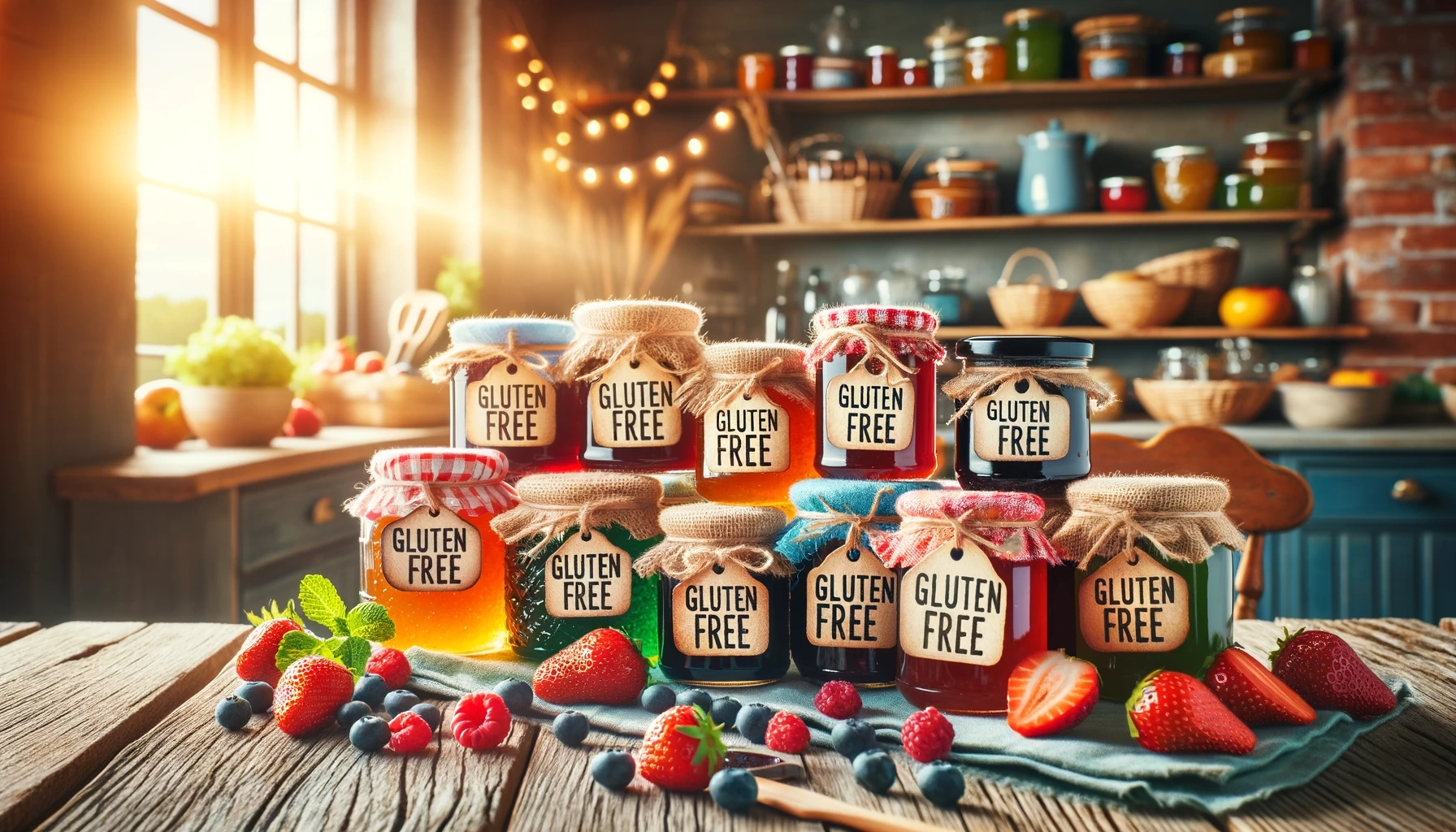
Fruity, sweet jam is a staple in my pantry, expected to be naturally gluten-free. And it usually is—in its purest form.
But let’s not overlook the real concern: cross-contamination. It can rear its head during processing and even when a knife dips into the jar amid a flurry of toast-making.
How do you approach these hidden dangers? I’ve got some tried-and-true strategies coming up, ensuring your spread remains a safe bet for those of us avoiding gluten.
Let’s dive in and explore the topic: is jam gluten-free?
Jam Basics: More Than Just Fruit and Sugar
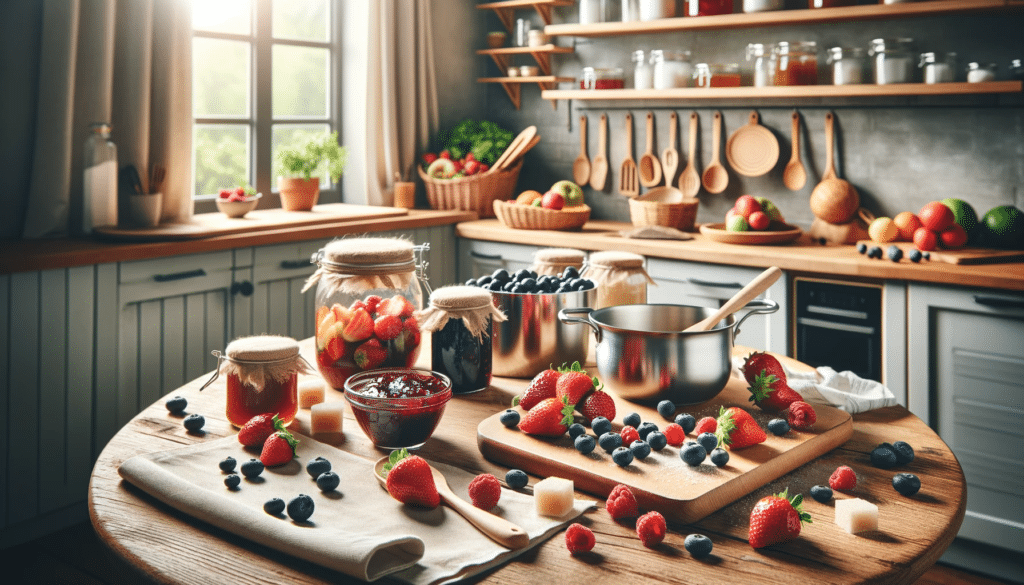
At its core, jam is a delightful fusion of fruit and sugar, boiled down to a sweet, spreadable concoction.
Most fruit jams are inherently gluten-free. But, as with many foods, the devil lies in the details.
Ingredients to Watch For
- Certain thickeners and additives
- Artificial flavors or colorants
- Gluten-containing preservatives
Maintaining a strict gluten-free diet starts with reading ingredient labels like your life depends on it.
Not sure where to start? Check out my guide on knowing if something is gluten-free (or not).
The Invisible Threat: Cross Contamination in Manufacturing
When it comes to jams, cross-contamination is a sneaky adversary. It can occur right from the start – during the manufacturing process.
Even if there are no gluten-containing ingredients in the jam (i.e. no wheat, barley, oats, or rye), there could still be a ‘may-contain’ warning.
If you’re celiac, you should run for the hills if you see that – it’s simply not worth the risk.
Learn more about my experience in my guide to dealing with ‘may contains’ as a celiac.
Key Points:
• Even gluten-free ingredients can be tainted if processed on shared equipment.
• “May contain gluten” labels are red flags for potential contamination.
• Always opt for explicitly labeled gluten-free products.
I’ve learned through my own experiences with celiac disease that assuming a product is safe without checking can lead to unpleasant surprises.
Famous Brands of Gluten-Free Jams in the UK
Duerr’s: A Legacy of Luscious Spreads
Imagine slathering your morning toast with a jam that has a legacy dating back to 1881.
Duerr’s isn’t just a brand; it’s a part of British heritage, offering a symphony of flavors from their classic coarse-cut marmalades to the rich, berry-laden blackcurrant preserves and the zesty twang of their chunky ginger preserve.
Robertsons: Marmalade Royalty
When you think of marmalade, Robertsons probably springs to mind.
Since 1864, this brand has graced breakfast tables across Britain, particularly with their iconic Golden Shred and Silver Shred marmalades.
While jams may no longer be in Robertson’s repertoire since 2009, their marmalades continue to reign supreme.
Hartleys: Fruitful Delights in Every Jar
Dive into the delightful world of Hartley’s, where fruit is king and variety reigns.
Whether it’s the thinly sliced oranges in their Mamade Prepared Oranges or the assortment of fruit preserves, Hartley’s jars are a testament to their commitment to bringing nature’s sweetness to your pantry.
Home and Away: The Risks of Cross Contamination
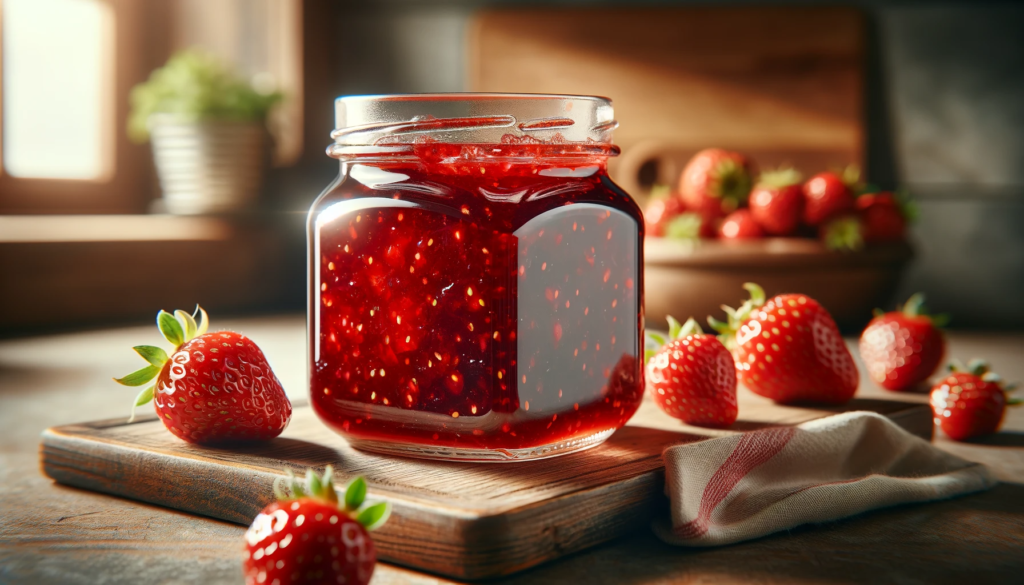
Your kitchen might seem like a safe zone, but it’s often where cross-contamination is most likely to happen.
All it takes is a family member to use a knife for regular bread and then dip it back into the jam jar.
No two celiacs react the same. But in general, even a tiny amount of gluten is all it takes to trigger a reaction.
And don’t think it’s just limited to your home kitchen – eating out is always something to be wary of too.
That goes for eating in a loved one’s home or out at a restaurant or similar environment!
Here are some pointers to keep in mind:
When Dining Out:
- Cross-contamination isn’t just a home kitchen issue.
- Restaurants may use the same utensils for gluten and non-gluten items.
- Clear communication with staff is key to a safe dining experience.
Being vigilant about these small details is essential for anyone with celiac disease or non-celiac gluten sensitivity.
Identifying Safe Jams: Essential Tips for Celiacs
| Factor | What to Look For |
|---|---|
| Labels | ‘Certified Gluten-Free’ or similar certifications |
| Ingredients | No gluten-containing additives |
| Manufacturing | Clear indications of gluten-free processes |
| Brand Reputation | Trustworthy brands known for gluten-free products |
Stick to these guidelines to keep your jam selections safe and enjoyable.
I’ve learned to scrutinize every food choice as I’ve learned the hard way that you shouldn’t take things for granted or make assumptions.
It’s more than reading labels; it’s about understanding the broader context of food preparation and manufacturing.
Squeeze Play: Are Pre-Portioned Jams a Safer Bet?
Pre-portioned jams in individual packets are a lifesaver when you’re eating out.
Toss some packs in your purse or lunchbox, so you always have a safe spread option when you’re craving a sweet breakfast option.
At restaurants, no need to wonder if your toast got “double-dipped.” Just whip out your trusty individual jam portion(s) and you’ll be good to go!
Happy days!
Save Your Spread: Jam Storage Smarts for Gluten Avoiders

Jam keeps for months when stored properly, but some methods pose cross-contamination risks:
Store jams separately from glutenous spreads. If your family double-dips, buy a separate gluten-free jam.
Use squeeze bottles rather than jars for jams like strawberry. No double-dipping! Squeeze directly onto your bread.
Label gluten-free jams clearly so others don’t dip into your spread. Use bright stickers, ribbons, or bold words.
Refrigerate after opening to prevent mold. Toss if you see spots or film.
With smart storage, your jams will stay safe for months of enjoyment!
Is Jam Gluten-Free? – Final Thoughts
As a self-confessed sweet tooth, I adore jam on my toast, and bonus: It’s usually gluten-free!
But beware of sneaky cross-contamination.
My trick? A stash of pre-portioned jams and a dedicated jar no one in my household can use except for me—problem solved.
When I’m staying at a friend’s place, at a social gathering, or eating out, I’m not afraid to ask questions about how my food is prepared.
Just a dash of planning ensures I savor every fruity bite—safely and deliciously.
Disclaimer: This content is based on my personal experience as an individual diagnosed with celiac disease and IBS (Irritable Bowel Syndrome) who follows a strict gluten-free diet. This does not constitute medical advice. Please consult a medical professional, nutritionist, or qualified dietitian for personalized, professional advice.



